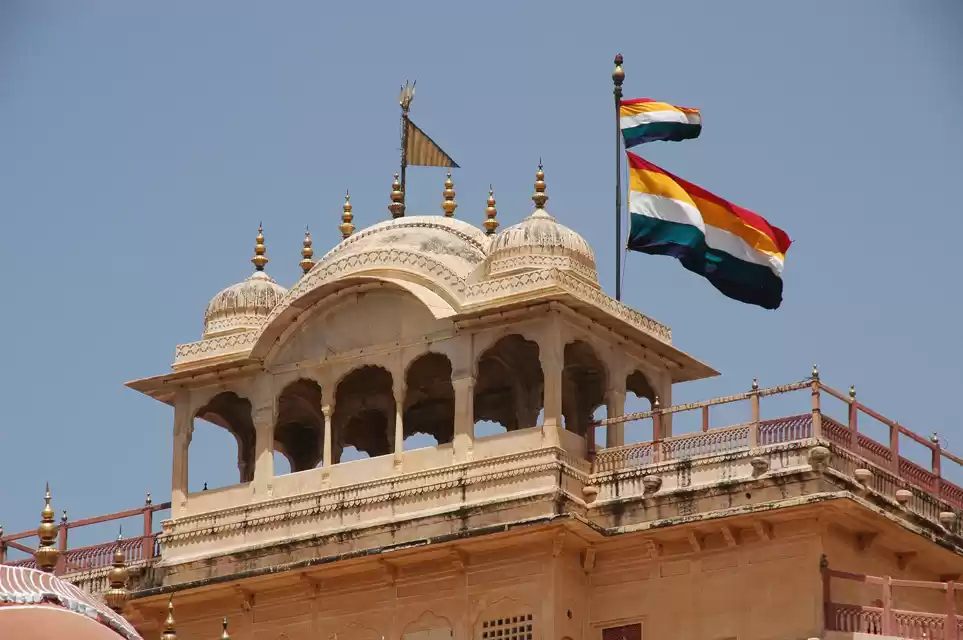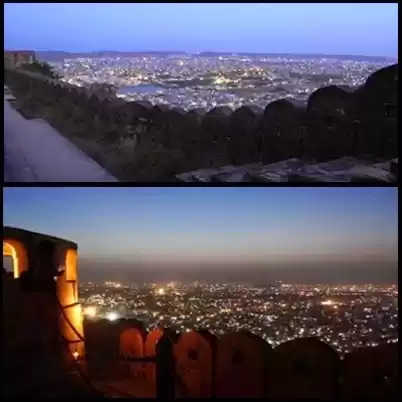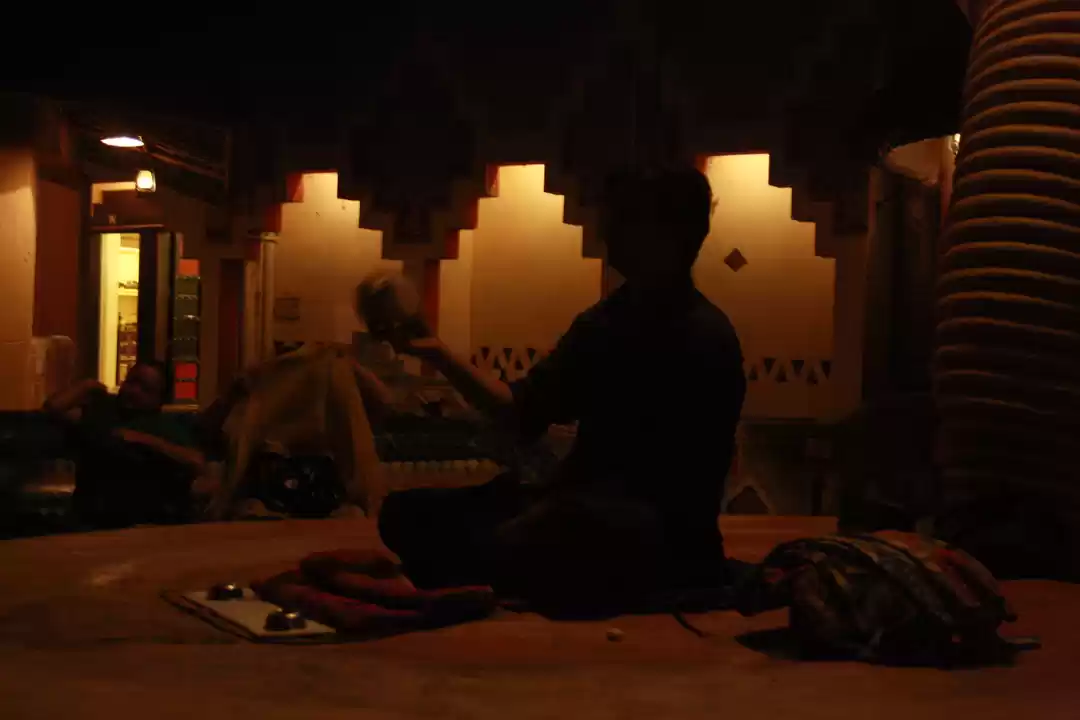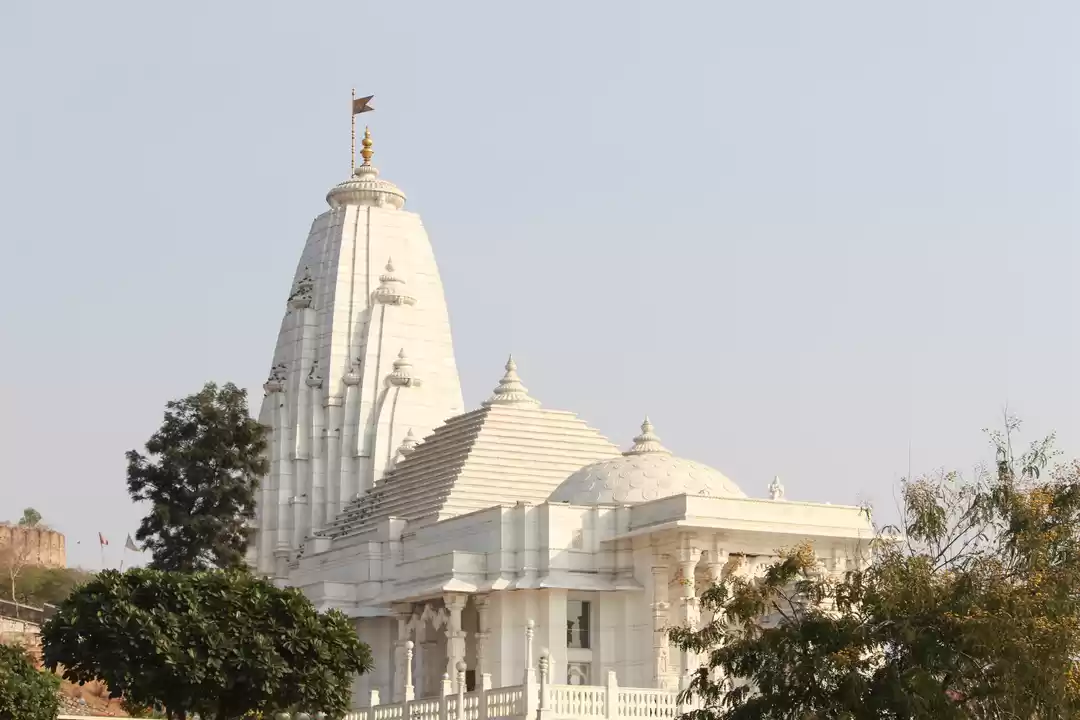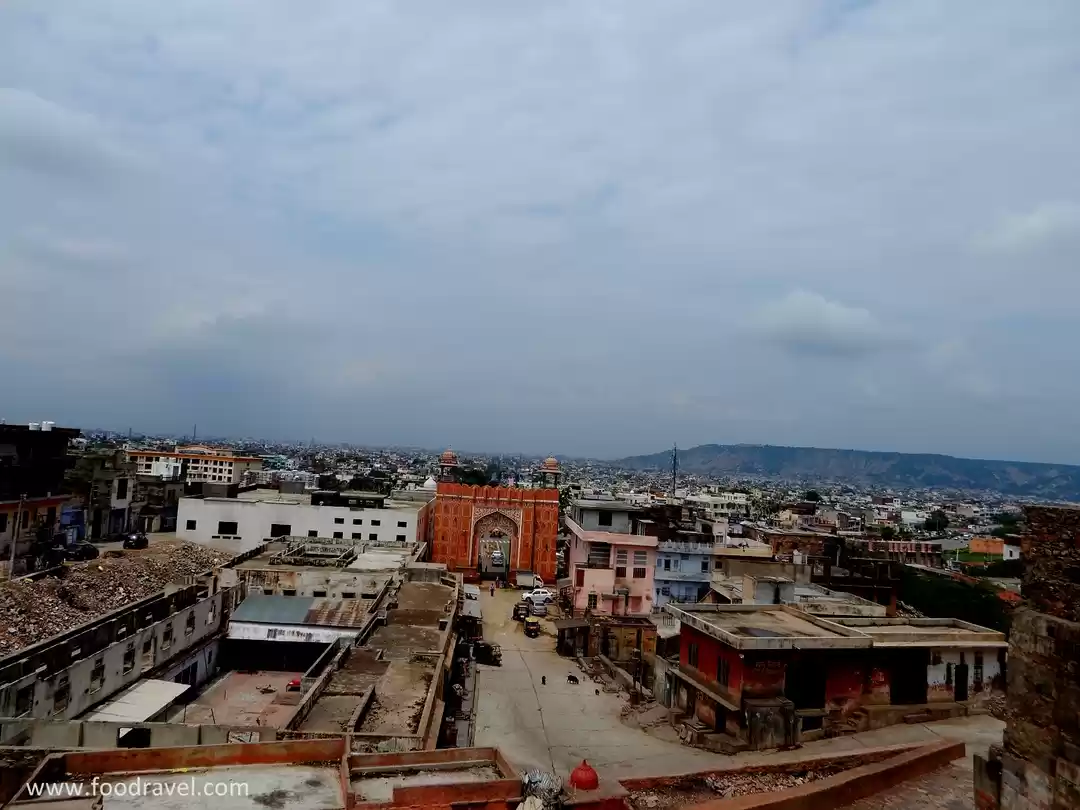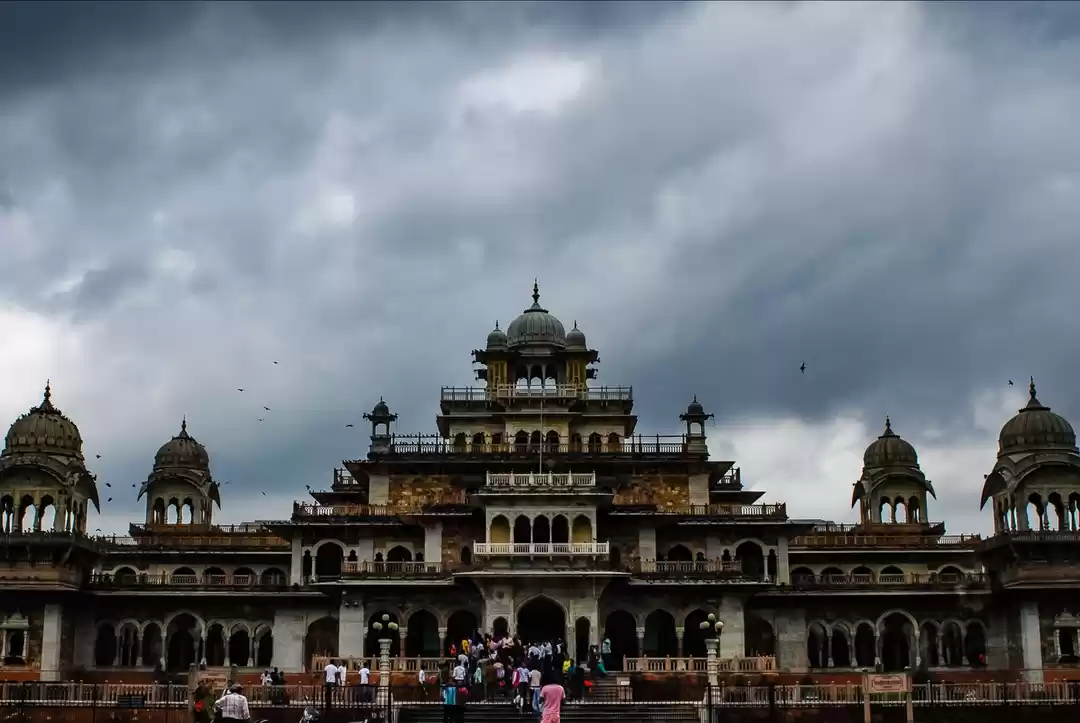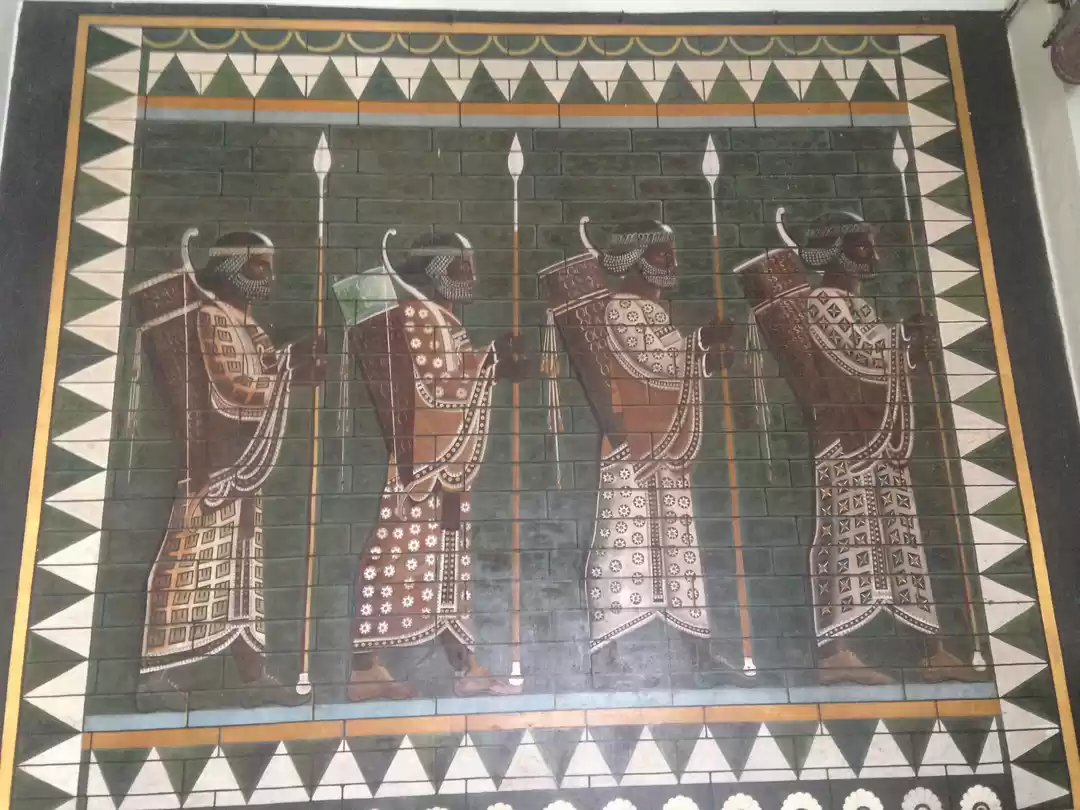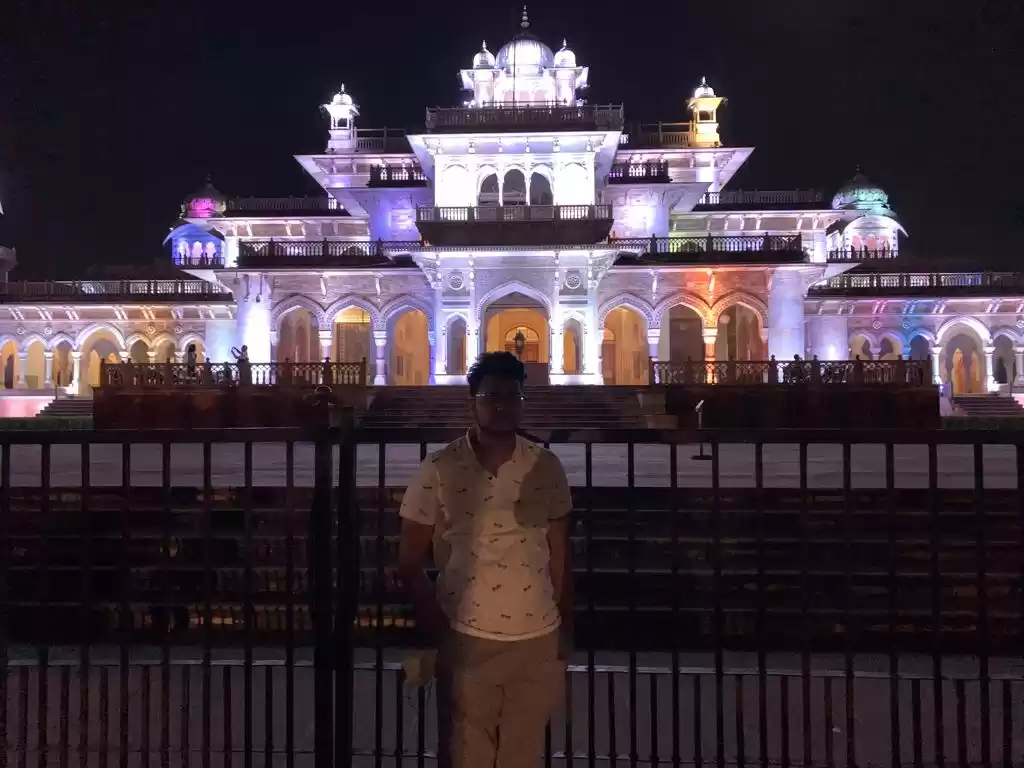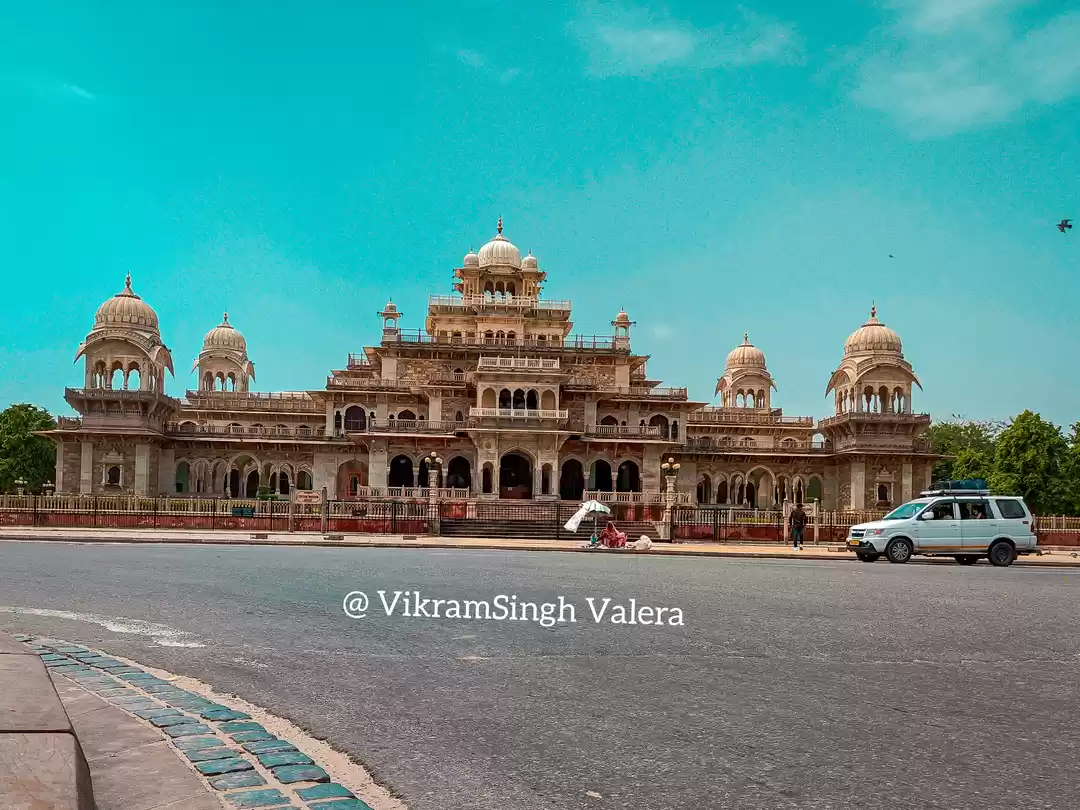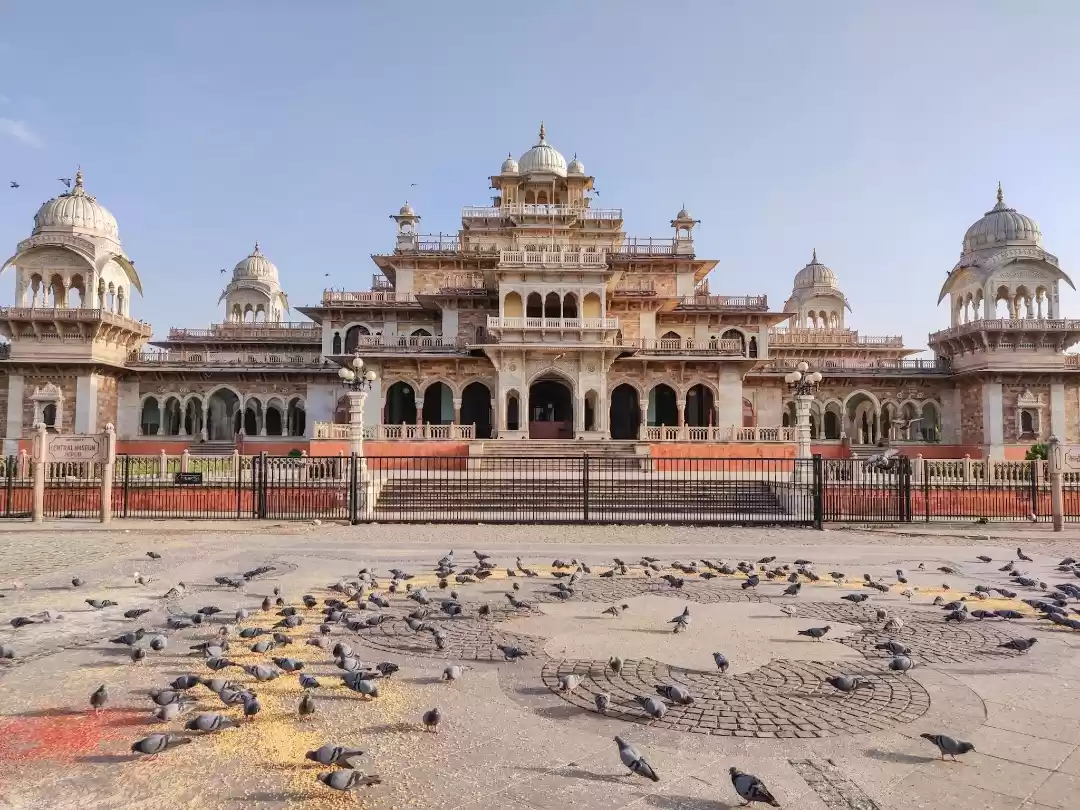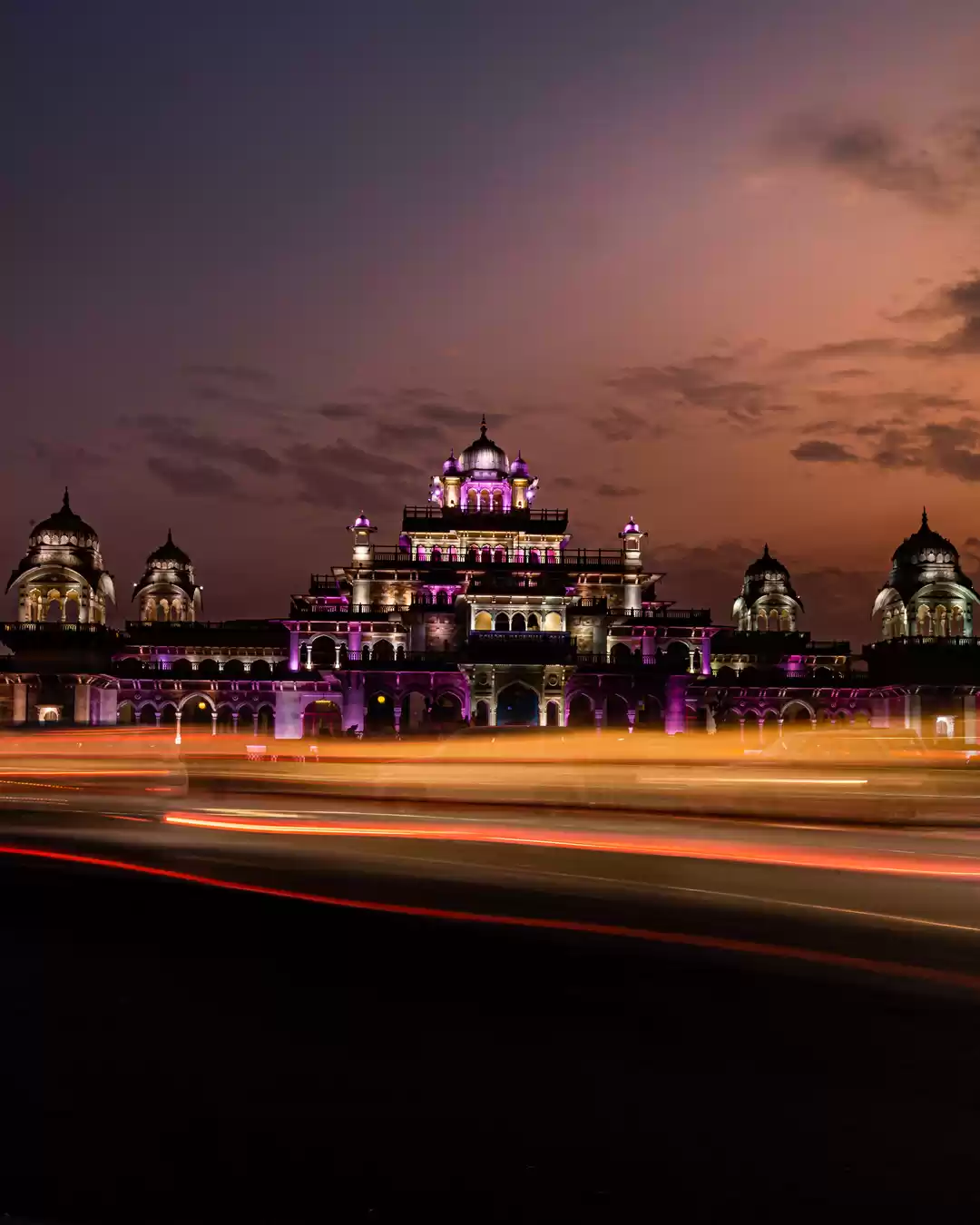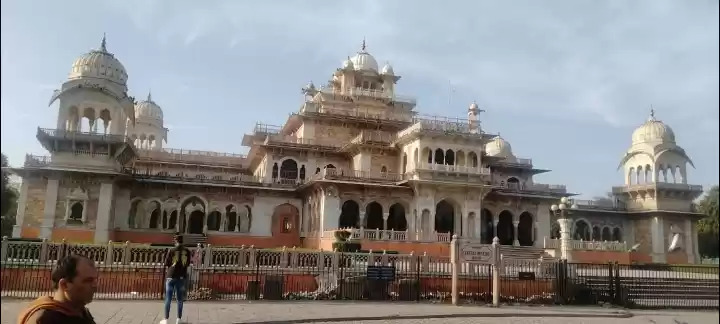If you are looking for a place to immerse yourself in the rich and diverse culture of Rajasthan, look no further than Albert Hall Museum. This stunning museum is the oldest and most beautiful in Jaipur, the capital city of Rajasthan. It showcases a remarkable collection of artefacts that reflect the art, craft, history and heritage of the state. It also boasts of a splendid architecture that blends Indian and Islamic styles with Rajput influences.
Whether you are a history buff, an art lover, or a curious traveler, you will find something to fascinate you at Albert Hall Museum. Here are some reasons why you should visit this cultural treasure on your next trip to Jaipur.
History of Albert Hall Museum
Albert Hall Museum has a fascinating history that dates back to the 19th century. It was built as a part of the Ram Niwas Garden, a public park that was commissioned by Maharaja Sawai Ram Singh II in 1868. The foundation stone of the museum was laid by Albert Edward, the Prince of Wales (later King Edward VII), during his visit to Jaipur in 1876. The museum was named after him as a gesture of respect and friendship.

The museum was designed by Samuel Swinton Jacob, a British engineer who headed the Public Works Department in Jaipur. He was assisted by Mir Tujumool Hoosein, an Indian architect who worked under him. The building is a fine example of Indo-Saracenic architecture, which combines elements of Indian, Islamic and Gothic styles. The museum has a grand facade with domes, arches, pillars and balconies. The interiors are decorated with murals, paintings, stained glass windows and carved woodwork.
The museum was opened as a public museum in 1887 by Maharaja Sawai Madho Singh II, the successor of Sawai Ram Singh II. He decided to use the building as a museum for displaying the art and craft of Jaipur and Rajasthan. He was helped by Colonel Thomas Holbein Hendley, an English officer who was appointed as the curator of the museum. Hendley collected and arranged the best examples of various crafts and sometimes even got some pieces manufactured for the museum. He also introduced innovative museum practices such as appointing guides and demonstrators, reserving Fridays for women visitors, and organizing exhibitions and lectures.
Albert Hall Museum grew out of an industrial arts collection that Hendley had put together for the grand Jaipur Exhibition of 1883. This exhibition was held to showcase the products and skills of local artisans and craftsmen to promote trade and commerce. The exhibition was a huge success and attracted visitors from all over India and abroad. Some of the exhibits were later transferred to Albert Hall Museum to form its core collection.
Albert Hall Museum was renovated and reopened in 2008 as one of the most advanced museums in India. It has modern facilities such as audio guides, interactive displays, digital signage and multimedia galleries. It also has a library, a cafeteria, a souvenir shop and a conference hall.
Architecture of Albert Hall Museum
Albert Hall Museum is a masterpiece of architecture that will leave you spellbound with its beauty and elegance. The building is situated in Ram Niwas Garden, opposite New Gate, outside the city wall of Jaipur. It covers an area of about 19 acres and has a rectangular shape with four wings. The building is made of sandstone and marble and has a pink hue that matches the color of Jaipur.
The exterior of Albert Hall Museum is adorned with domes, arches, pillars and balconies that give it a majestic appearance. The main entrance is flanked by two stone elephants that welcome the visitors. The entrance leads to a spacious courtyard that has a fountain in the center. The courtyard is surrounded by arcades that have arched windows and doors that open to different galleries.
The interior of Albert Hall Museum is equally impressive with its intricate design and decoration. The walls are painted with murals that depict scenes from Indian mythology, history and culture. The ceilings are embellished with paintings that portray floral motifs, geometric patterns and celestial figures. The windows are fitted with stained glass panels that create colorful effects when sunlight passes through them. The floors are covered with carpets that have intricate designs and motifs.
The galleries and exhibits of Albert Hall Museum are arranged in different themes and categories that showcase the diversity and richness of Rajasthan’s culture. There are 16 galleries in total that display more than 20,000 artefacts from various fields such as painting, sculpture, textile, jewellery, weaponry, pottery, carpet, coin, woodwork, ivory, metalwork, musical instrument, puppet, toy, mask, etc. The galleries are named after the type of artefact or the region or dynasty they belong to, such as Jaipur School of Art Gallery, Miniature Painting Gallery, Sculpture Gallery, Textile Gallery, Jewellery Gallery, Arms and Armour Gallery, Pottery Gallery, Carpet Gallery, Coin Gallery, Woodwork Gallery, Ivory Gallery, Metalwork Gallery, Musical Instrument Gallery, Puppet Gallery, Toy Gallery and Mask Gallery.
The gardens and courtyards of Albert Hall Museum are also worth exploring as they offer a serene and green space for relaxation and recreation. The gardens have lush lawns, flower beds, trees and shrubs that create a pleasant atmosphere. The courtyards have fountains, sculptures and benches that provide a place to sit and enjoy the view. The gardens and courtyards also host cultural events and performances such as folk dances, puppet shows, music concerts, etc.
Collections of Albert Hall Museum
Albert Hall Museum has a remarkable collection of artefacts that reflect the art, craft, history and heritage of Rajasthan. The collection is diverse and varied in terms of origin, style, material and function. The collection is also valuable and rare in terms of quality, quantity and antiquity. The collection is displayed in different galleries that highlight the different aspects and dimensions of Rajasthan’s culture.
The art collections of Albert Hall Museum include paintings, sculptures and miniatures that showcase the artistic skills and expressions of Rajasthan’s artists. The paintings range from large murals to small portraits that depict various themes such as religious stories, historical events, royal portraits, landscapes, etc. The sculptures include stone idols, bronze statues and terracotta figurines that represent various deities, animals and humans. The miniatures are delicate and detailed paintings that illustrate manuscripts, albums and folios.

The craft collections of Albert Hall Museum include textiles, jewellery and pottery that showcase the craftsmanship and creativity of Rajasthan’s artisans. The textiles include fabrics, garments and accessories that are made of cotton, silk or wool and are dyed, printed or embroidered with various colors and patterns. The jewellery includes ornaments, accessories and utensils that are made of gold, silver or metal and are studded with precious or semi-precious stones. The pottery includes vessels, utensils and figurines that are made of clay or ceramic and are glazed, painted or decorated with various designs.
The historical collections of Albert Hall Museum include weapons, coins and carpets that showcase the history and heritage of Rajasthan’s rulers and dynasties. The weapons include swords, daggers, shields and guns that are made of iron or steel and are engraved or inlaid with various motifs. The coins include currency, medals and tokens that are made of gold, silver or copper and bear the names and symbols of various kings and empires. The carpets include rugs, mats and tapestries that are made of wool or silk and have intricate designs and patterns.
The cultural collections of Albert Hall Museum include musical instruments, puppets, toys and masks that showcase the culture and traditions of Rajasthan’s people and communities. The musical instruments include stringed, wind and percussion instruments that produce melodious sounds and rhythms. The puppets include rod, string and glove puppets that enact stories and legends. The toys include dolls, animals and vehicles that are made of wood, clay or cloth and have colorful features. The masks include faces, heads and helmets that are made of paper, leather or metal and have expressive features.
You may also like to read: Albert Hall Museum
Practical Information for Visiting Albert Hall Museum
If you are planning to visit Albert Hall Museum, here are some practical details that you need to know:
Timings:
The museum is open from 9:00 am to 5:00 pm every day except Friday. It is also open for night visit from 7:00 pm to 10:00 pm every day except Monday. The museum is closed on some public holidays such as Holi, Diwali, etc.
Entry fee:
The entry fee for the museum is Rs. 40 per person for Indians, Rs. 20 per person for Indian students (with valid ID), Rs. 300 per person for foreign tourists, Rs. 150 per person for foreign students (with valid ID). Children below 7 years can enter for free.
There is also a composite entry ticket option for visiting multiple sites in Jaipur such as Amber Fort, Hawa Mahal, Jantar Mantar (Observatory), Nahargarh Fort, Vidyadhar Garden, Sisodia Rani Garden & Isarlat (Sargasooli). This ticket costs Rs. 300 per person for Indians, Rs. 40 per person for Indian students (with valid ID), Rs.1000 per person for foreign tourists, Rs. 200 per person for foreign students (with valid ID). This ticket is valid for two days and can be purchased at the premises of Amber Fort, Albert Hall Museum, Hawa Mahal and Jantar Mantar (Observatory).
Audio guide:
The museum offers an audio guide facility that provides information and commentary on the exhibits and galleries. The audio guide is available in English, Hindi and French languages. The audio guide charges are Rs. 171 per device for foreign visitors and Rs. 114 per device for domestic visitors. The audio guide can be rented at the entrance of the museum.
How to reach
The museum can be reached by various modes of transport such as bus, taxi, auto-rickshaw, metro, etc. The nearest bus stand is Sindhi Camp Bus Stand, which is about 3 km from the museum. The nearest railway station is Jaipur Junction Railway Station, which is about 5 km from the museum.
The nearest airport is Jaipur International Airport, which is about 11 km from the museum. The nearest metro station is Chandpole Metro Station, which is about 2 km from the museum.
Nearby Attractions
The museum is surrounded by other places of interest that can be visited along with the museum. Some of the nearby attractions are:

Ram Niwas Garden: This is a public park that was built by Maharaja Sawai Ram Singh II in 1868. It has a zoo, a bird park, a greenhouse, a sports complex and an art gallery within its premises. It is a popular spot for picnics, walks and relaxation.
Birla Mandir: This is a Hindu temple that was built by the Birla family in 1988. It is dedicated to Lord Vishnu and Goddess Lakshmi. It has a white marble structure that glows in the night. It has beautiful carvings and sculptures that depict various scenes from Hindu mythology.

Hawa Mahal: This is a palace that was built by Maharaja Sawai Pratap Singh in 1799. It is also known as the Palace of Winds or the Palace of Breeze. It has a pink sandstone facade that has 953 windows or jharokhas that allow the breeze to enter the palace. It was designed for the royal ladies to watch the street processions without being seen.
Jantar Mantar (Observatory): This is an astronomical observatory that was built by Maharaja Sawai Jai Singh II in 1734. It is also a UNESCO World Heritage Site. It has 19 instruments that measure time, distance, altitude, position and movement of celestial bodies. It has the world’s largest stone sundial that tells the time with an accuracy of two seconds.

City Palace: This is a palace complex that was built by Maharaja Sawai Jai Singh II in 1727. It is also the residence of the current royal family of Jaipur. It has several buildings, courtyards, gardens and museums within its premises. It has a blend of Rajasthani and Mughal architecture. It displays various artefacts such as aintings, weapons, costumes, jewellery, etc.
Albert Hall Museum is a cultural treasure in Jaipur that offers a glimpse into the rich and diverse culture of Rajasthan. It has a splendid architecture that blends Indian and Islamic styles with Rajput influences. It has a remarkable collection of artefacts that reflect the art, craft, history and heritage of the state. It is a must-visit place for anyone who wants to learn more about Rajasthan’s culture or enjoy its beauty and elegance.
Also check out: A 2-Day getaway trip to Jaipur
Thank you for reading this article. We hope you found it informative. You can also share your experience or feedback with us on our social media platforms or leave a comment below. We would love to hear from you.
Happy traveling!

























